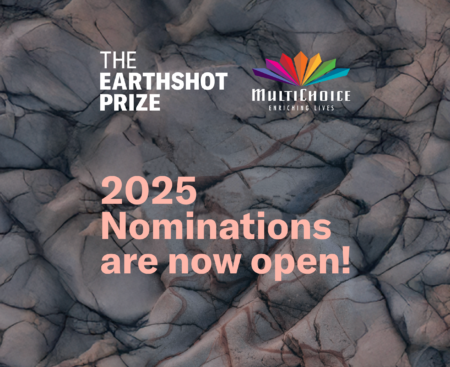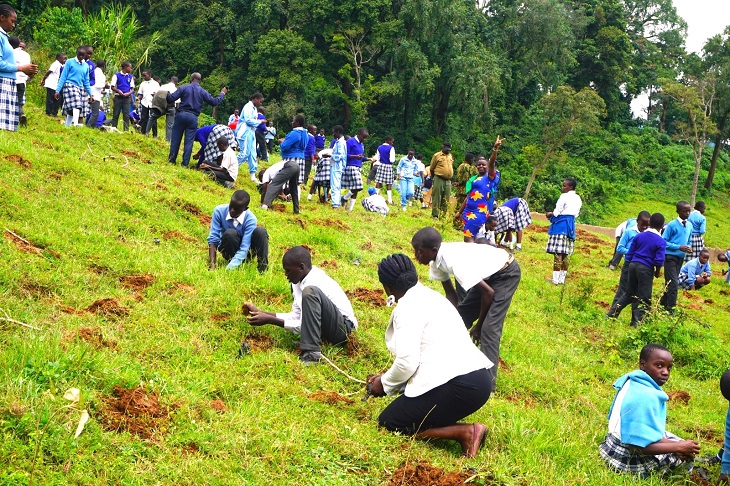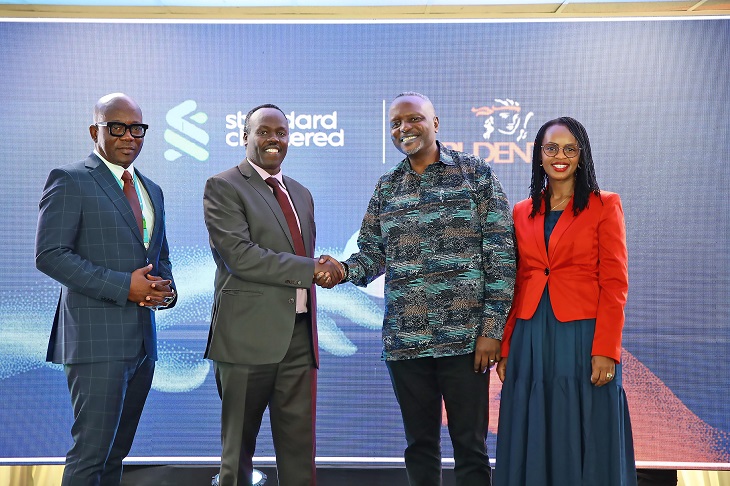Every 21st of May, many companies tweet goodwill messages for International Diversity Day. Yet the day’s official title, “World Day for Cultural Diversity for Dialogue and Development,” signals a bigger idea. Development reminds us that inclusion must spill beyond meeting-room headcounts and fuel progress in the world outside our offices.
Kenya’s Diversity Check-Up: Promising, But Uneven
Kenya’s digital and social landscape tells a story of impressive progress that still leaves too many people behind. Today, 27.4 million Kenyans, about 48 percent of the population are online, a gain of half a million users in the past year as per DataReportal insights. Yet the flip side is stark: roughly 29 million citizens remain offline, and the gap yawns widest along income lines. The Communications Authority’s Q4 2023/24 report shows that only 14 percent of households in the lowest living standards bracket have internet access.
Digital inclusion, therefore starts long before a SIM card; it begins with a working light switch.
Afrobarometer notes that a decade of investment has pushed national grid coverage from 37 percent in 2013 to about 79 percent in 2023. However, reliability tells a different tale; only 47 percent of Kenyans enjoy steady power, and that figure falls to 35 percent in rural areas. Digital inclusion, then, starts long before a SIM card; it begins with a working light switch.
Gender parity follows the same mixed pattern. Kenyan women participate in the labour force at 62 percent versus 71 percent for men, but their presence in high-value STEM fields remains thin. According to the World Bank Gender Data Portal, women comprise roughly 30 percent of engineering students, yet just 8 percent of registered professional engineers nationwide.
Together, these numbers reveal a nation moving forward just not all at the same pace. The next chapter of Kenya’s growth must tackle power reliability, affordable internet, and pathways for women into STEM if the promise of inclusion is to reach everyone.
Looking Outward: From Workforce Balance to Ecosystem Impact
Most organisations, Epson included, have made real gains inside their walls. In our META-CWA region, staff represent 39 nationalities, and the gender split is nearing parity (55% men, 45% women). Our Nairobi office alone blends three nationalities. Such progress matters – but if inclusion stops at the lobby, we merely shuffle opportunity around instead of growing it.
A development-minded approach asks different questions:
- Who is locked out before recruitment even begins?
A student in Turkana whose school loses power after sunset cannot develop the same digital fluency as a classmate in Nairobi Westlands, no matter how merit-based a future hiring panel may be.
- Where can corporate assets knock down structural barriers?
A procurement team’s scale can cut the cost of devices for remote schools; an engineering department can mentor girls’ coding clubs; a logistics network can transport refurbished equipment to rural clinics.
Inclusion in Action
Tech-enabled classrooms. Since 2022, Epson has provided bundled projectors, printers, and document cameras to underserved schools and health facilities in Zanzibar, Kenya, South Africa, Egypt, Morocco, the UAE, and Saudi Arabia. In Kenya, the packages arrive with solar back-up kits – a direct response to the 53 % of households that still face intermittent or off-grid power.
Affordable print ecosystems. By seeding low-energy inkjet printers in schools, we’ve helped cut per-page costs for learners who previously travelled miles to print homework, addressing an often-overlooked cost barrier to digital literacy.
These are not CSR side-projects; they are future-talent investments. When rural students gain steady connectivity, firms later recruit from a broader, more innovative candidate pool. When girls see female engineers in their classroom, the hiring pipeline six years on no longer requires heroic diversity quotas.
Why This Matters For Business – And Kenya’s Growth Plan
Kenya’s Vision 2030, updated last year to stress a “Digital Superhighway and Creative Economy”, rests on an assumption that broadband, electricity and skilled citizens will converge. Private-sector actions determine whether that convergence happens in five years or fifteen.
For companies, the payoff is twofold:
Resilient markets. Communities with stable power and broadband become consumer bases for e-commerce, cloud services, and smart devices. Inclusion today fertilises tomorrow’s demand curve.
Innovative talent. Diverse life experiences produce diverse problem-solving. A workforce drawing equally from Nairobi, Nakuru, and Narok, men and women, urban and rural – spots opportunities a homogeneous team will miss.
From Policy to Purpose
On World Day for Cultural Diversity for Dialogue and Development, the operative word is and.. Dialogue without development is talk. Development without dialogue reinforces old hierarchies. True inclusion fuses both: listening to marginalised voices and moving capital, technology, and training to where those voices live.
The question each boardroom should ask this week is therefore not “How diverse are we?” but
“How diverse is the opportunity landscape we help create?”
Kenya’s statistics show why the answer matters. Closing the last-mile gaps in power, internet, and STEM pipelines is not charity work, it is nation-building, talent-building, and, ultimately, profit-building. Diversity, when pursued as development, becomes the growth engine the UN envisioned all along.
Related Content: 2023 Global Diversity, Equity, And Inclusion Annual Report Launched
Mukesh Bector is Epson’s Regional Head for East and West Africa










